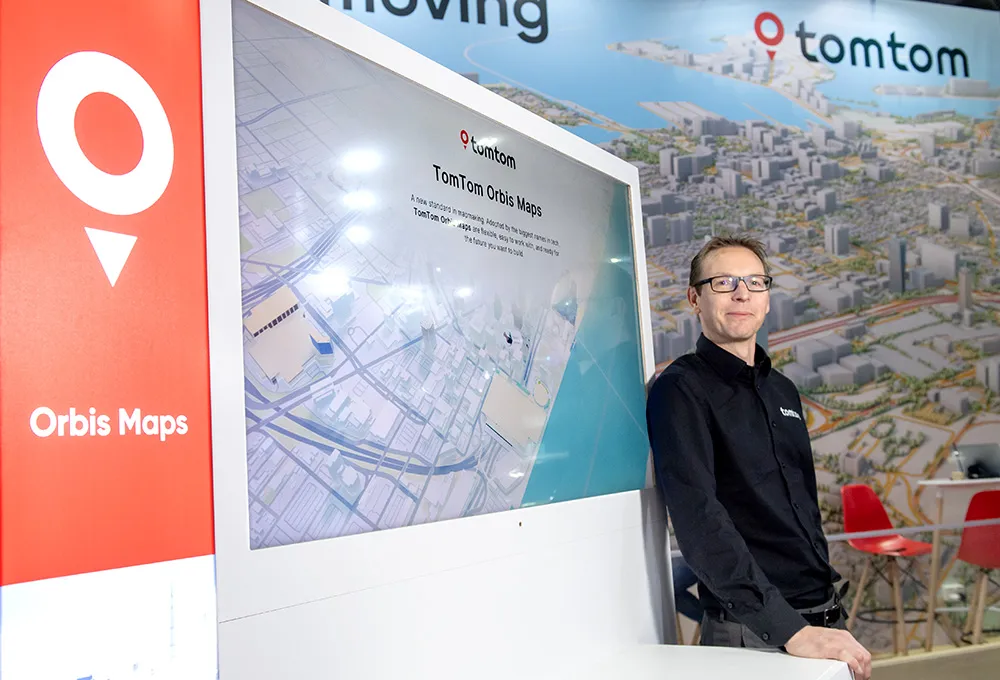TomTom introduced its real-time traffic service in Argentina and Colombia, increasing the coverage in South America to four countries and extending the global reach to 54 countries and offering up-to-date information on road conditions such as traffic congestion, roadworks and closures.
The increase in countries has been aided by the continuous growth in the supply of GPS location trace information to the TomTom traffic fusion engine which has now exceeded 500 million smartphones, transport systems and p
January 16, 2017
Read time: 1 min
The increase in countries has been aided by the continuous growth in the supply of GPS location trace information to the TomTom traffic fusion engine which has now exceeded 500 million smartphones, transport systems and portable navigation devices. TomTom says this increased volume of source data will pave the way for further geo-expansion opportunities in 2017 and beyond.










